Current research shows that 93% of B2B technology buyers look to Google as their first source of information. Given that reality, business owners that want to succeed need to consider their Search Engine Optimization (SEO) strategy.
The good news is that Search Engine Optimization works. You can get ranked in your local market. And this will deliver results. Think with me about the power of getting your business found online: Every day you have a sales team that prospects in your market. Despite their hard work and best efforts, there are still many deals going down in your market that you never get involved in. Competitive sales reps are driving these deals. However, given the data above, virtually every one of the buyers is going to go to Google at some time during the buying process. Even if your sales rep hasn’t gotten involved in the deal yet, imagine how many more deals you could get exposed to if your business had an effective search engine strategy.
As you think about your search engine placement there are four key questions to ask. Let’s explore each one of them.
1. Are you on page one of Google for keywords related to what you sell?
Can you be found online? In his book, Not Taught, Keenan says, “Digital obscurity is a death sentence in today’s world.” If you can’t be found online, you don’t exist. This means that you need to be on page one of Google for the items you sell. (Page 2 doesn’t cut it. We all know the best place to hide a dead body is on page 2 of Google.)
Discovering your current placement in Google begins by doing some research. When we’re working with our clients our SEO team researches the business current placement for key search terms. We then look at volume of traffic for specific search terms in the market with a focus on the keywords that will bring the most traffic to the site.
If you’re not on page one of Google for terms related to your business you need to implement a strategy to get on page one…an achievable goal.
2. How many visitors are coming to our website from the local market?
The second thing you need to consider is how many people are coming to your website. Marketing people call this “traffic.” However, you want to be concerned with more than the total traffic to your site. You want to be aware of the source of the traffic.
Website traffic comes from four areas:
- Direct: These are primarily current customers that have bookmarked your website so they can place service calls and order supplies.
- Referral: These are people that came to your website from a link on another website like your local chamber of commerce. If you got duped into spending money with YP.com, you’ll also find the measure of the traffic (or lack thereof) here.
- Organic: This is traffic from search engines like Google and Bing.
- Social: These are links from social media posts back to your website.
From a sales perspective, the best traffic is organic traffic. These are the people that are searching for answers to questions related to what you sell.
However, you need to go a level deeper when looking at your organic traffic. Do you care about traffic from Moscow, Dubai, or Paris? Not really. What you care most about is traffic from your local market. When we’re evaluating traffic for a local business we like to filter it down to see how much traffic is coming through search engines from the local market. This is the real number.
3. When people come to our website do they stick around or do they bounce?
Getting people to your website is just the first step. At this point, one of two things is going to happen. Hopefully they like what they find on your website. If they find lots of helpful information, they’ll spend some time on your site, browsing through multiple pages. If they don’t find what they want, they leave. In the marketing world, we call this a “bounce.”
The Bounce Rate on your website is the percentage of people that arrive at your website, consume one page, and then leave. If your Bounce Rate is high (over 50%) what that tells you is that your website does not have enough helpful information. Look at your website through the eyes of someone in the buying process that has questions. Are you answering questions? Are you positioning your business as a helpful resource?
If your Bounce Rate is high, you probably need to beef up the content on your pages and start blogging regularly. The good news is that adding content regularly to your website is one of the three pillars of a Search Engine Optimization strategy.
4. Who is coming to your website?
As you build your search engine placement, grow traffic, and reduce the bounce rate, the final (and most important) question is, “Who is coming to our website?” When you can answer this question, your website becomes a true sales asset helping you grow your business.
There are two ways to find out who is coming to your website. The first way is by seeing who fills out forms. We call this a “conversion.” Just as a good sales rep closes throughout the sales process, a good website closes on every page with clear calls-to-action. These can range from the obvious Contact Us and Request a Quote closes to less threatening offers to download helpful information like special reports or buyer’s guides. Every page on your website and blog should have at least one relevant call-to-action. Smart business owners will continuously improve in this area.
The second way to see who is coming to your website is by installing a caller-id service. Every visitor to your website comes from an IP address. Most companies have dedicated IP addresses.
How Do We Get Started?
You need to get found online. Our team is delivering results for businesses in markets of all sizes. If you’d like, we’d be happy to do a Search Engine Optimization assessment to measure your current placement and share strategies to improve. Contact us today to learn more.
Have questions? There are many aspects to SEO and we’ve just scratched the surface in this article. Use the comments box below to ask your question and our team will answer it for you!




